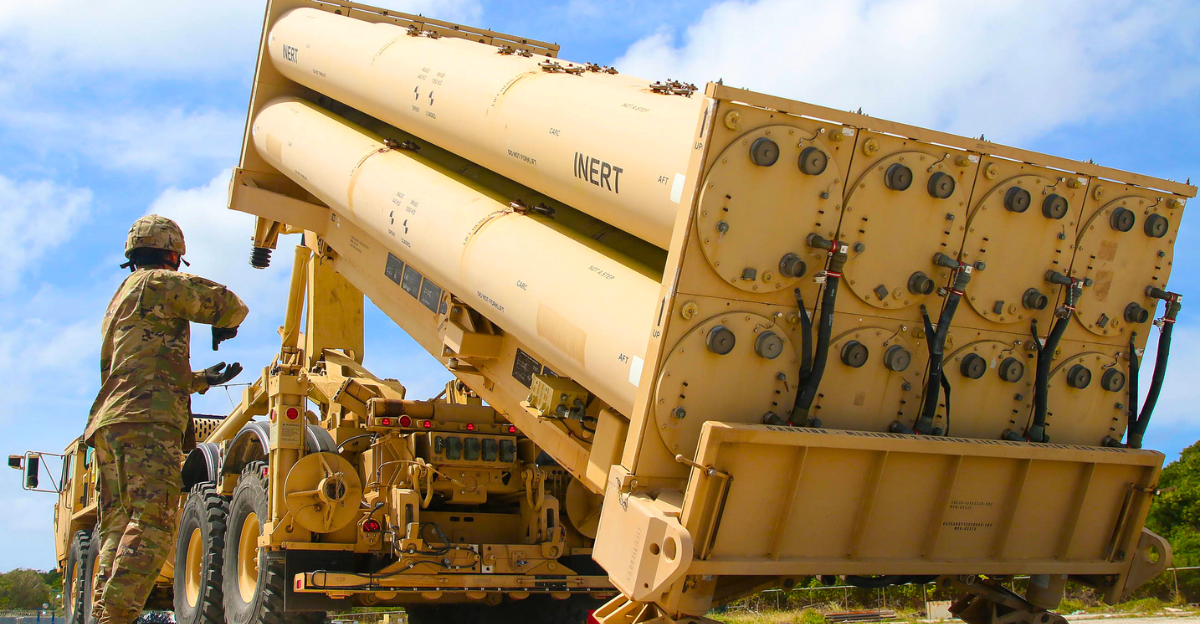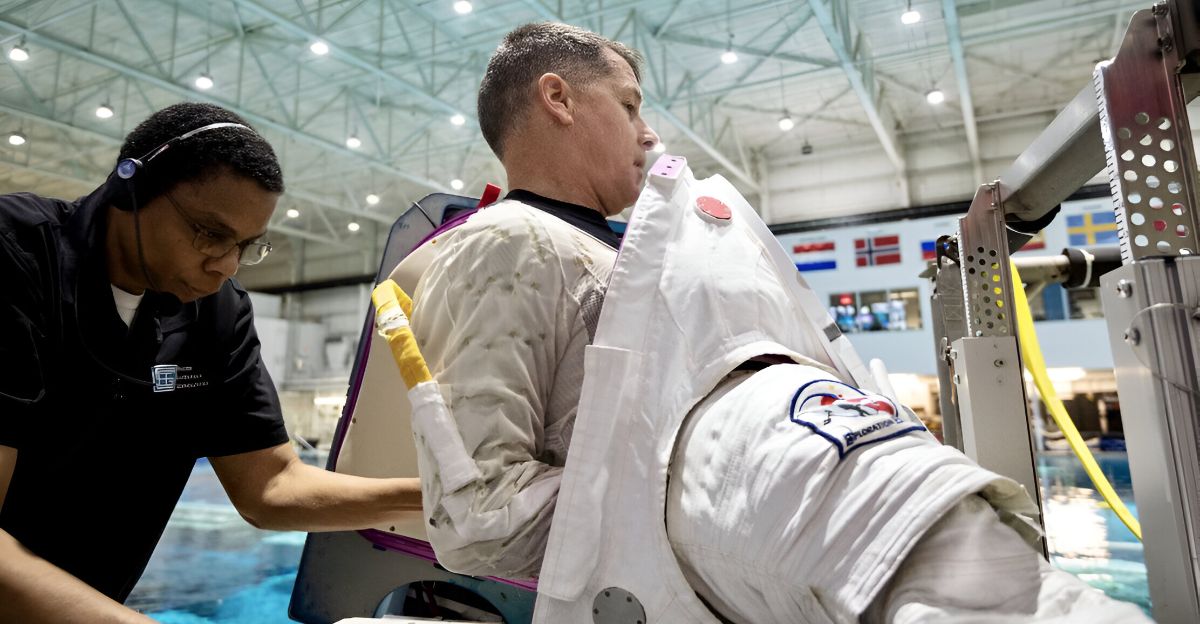
NASA, which has long been considered the pinnacle of American innovation, is undergoing an extraordinary shake-up. According to Politico and Reuters, more than 2,000 senior staff are being laid off all at once. But this isn’t just about job losses; it’s a major shift that could have far-reaching consequences on the agency’s missions, the broader space industry, and even the global scientific community.
Losing so many experienced scientists, engineers, and administrators could reshape not only NASA’s future but also the trajectory of U.S. leadership in space exploration and technology.
The 2026 Fiscal Year

But why are these layoffs happening? The International Business Times reports that this is due to a planned 25 percent budget cut for NASA in the 2026 fiscal year. The agency anticipated reduced funding and decided to introduce a voluntary separation program offering early retirements, buyouts, and deferred resignations.
These financial challenges, along with doubts about upcoming missions, have led many experienced employees to accept exit packages, accelerating the agency’s historic transformation.
Mission Disruptions

With so many senior staff leaving, delays and cutbacks are likely for important NASA missions like the Artemis Moon program and plans to explore Mars.
The loss of institutional knowledge and leadership could make mission planning more challenging, increase risks, and force NASA to focus only on its highest-priority projects while others are postponed or canceled. This disruption will likely be felt across the entire space science community and beyond.
“NASA remains committed to our mission as we work within a more prioritized budget”, Bethany Stevens, the agency’s spokesperson, told Reuters.
Private Sector Scramble
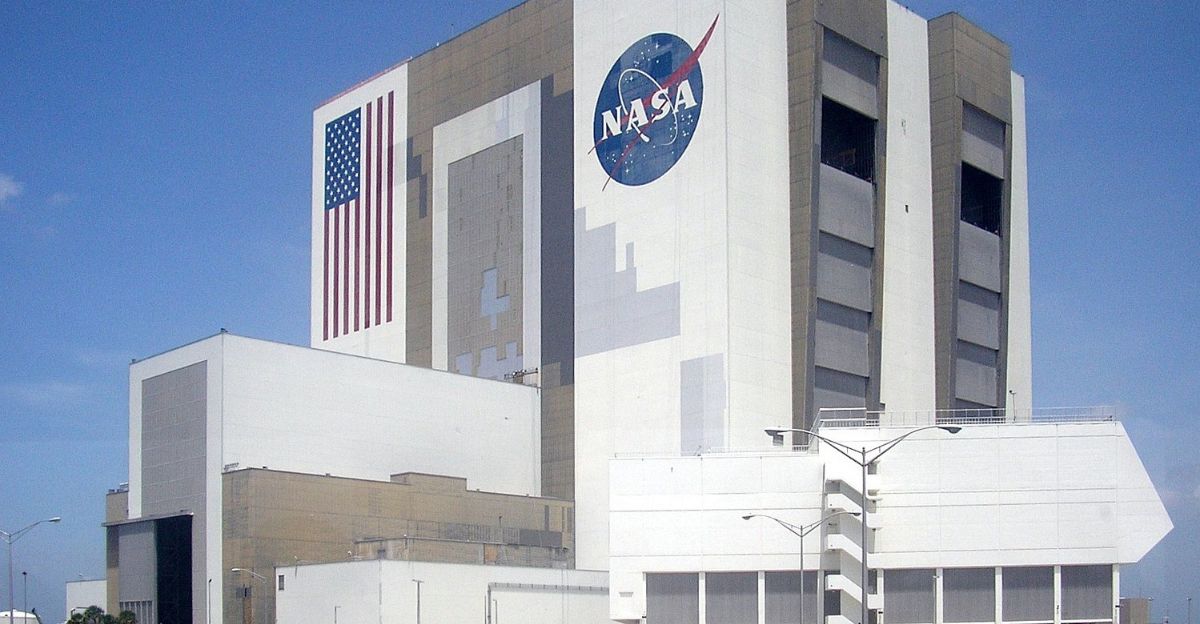
Other aerospace companies and space startups are eager to hire the experienced NASA staff who are leaving. This influx of talent could boost commercial projects and innovation, but it also means that NASA’s specialized knowledge will spread outside the agency.
While private industry might see short-term benefits, the agency’s ability to mentor new talent and maintain its legacy of pioneering breakthroughs could be seriously compromised.
Research and Academia Hit
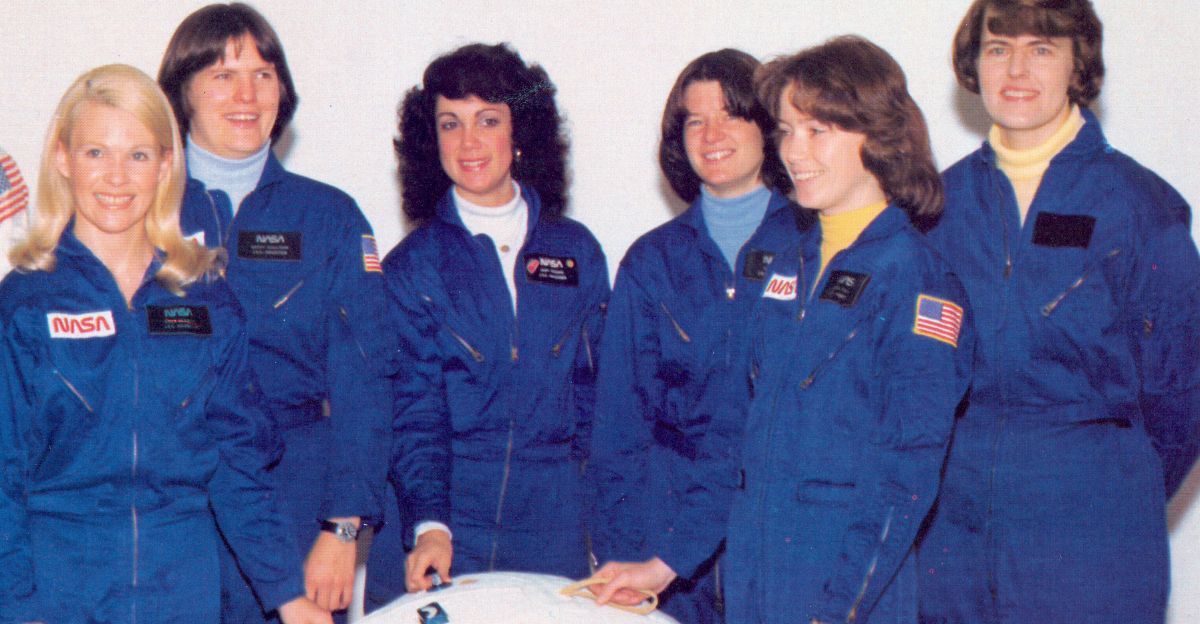
Another issue is that NASA’s collaborations with universities and research centers are in jeopardy. With fewer seasoned staff to manage grants, oversee collaborations, and mentor students, progress in space science and engineering research could slow down.
On top of that, graduate programs and postdoctoral opportunities could shrink, affecting future scientists and engineers. These effects will spread to classrooms and labs nationwide, potentially stalling scientific advancement.
Global Space Race Shifts
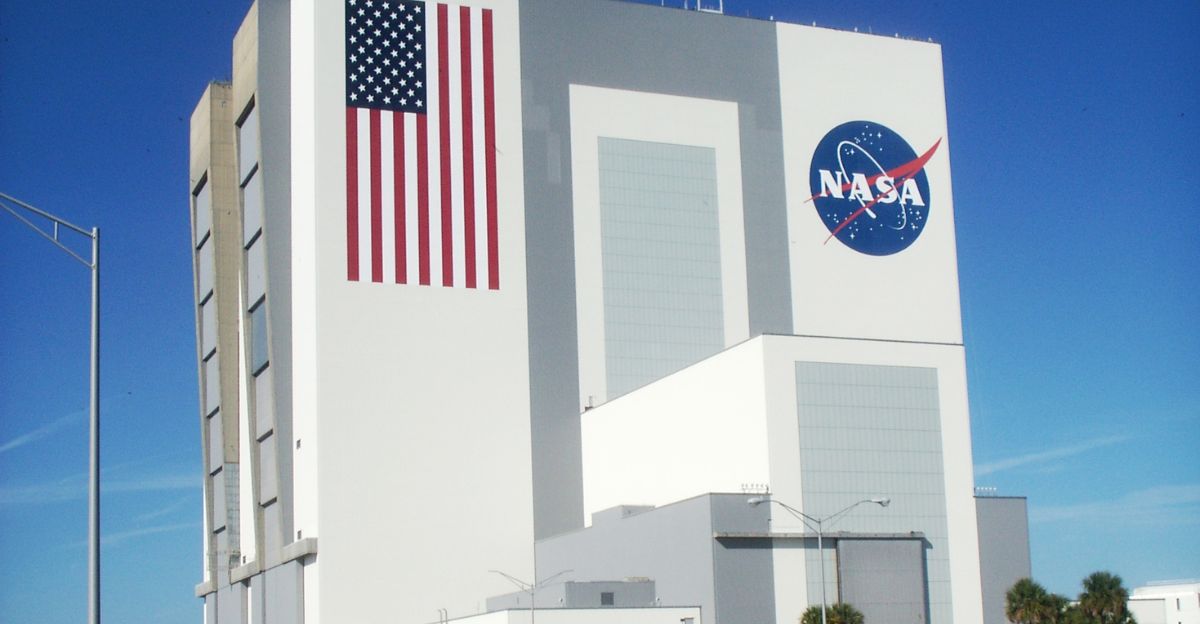
America’s dominance in space is now at greater risk. With NASA’s capabilities declining, countries like China, India, and those in the European Union might use this opportunity to speed up their own space programs.
This could change the balance of power in the global space race, with the U.S. possibly losing its advantage in technological development and its influence over international space policy and exploration efforts.
Contractor and Local Economy Fallout

These layoffs not only affect NASA’s payroll. Thousands of contractor jobs and local economies that are connected to NASA centers are also at risk as projects get postponed or scrapped.
Small businesses, suppliers, and service providers in the communities close to major NASA facilities could also face significant economic downturns. The ripple effects of this situation could extend to housing markets, schools, and even public services.
The Brain Drain

According to the International Business Times, space policy expert Casey Dreier describes the situation as a “brain drain” for NASA that will be hard to reverse, especially if these roles can not be refilled. Decades of expertise, mentorship, and institutional memory are walking out the door.
Rebuilding what NASA is now losing could take years, or even decades, leaving massive gaps in mission planning, safety oversight, and innovation. The agency’s ability to recover and maintain its global leadership is at serious risk.
What Can Stakeholders Do?
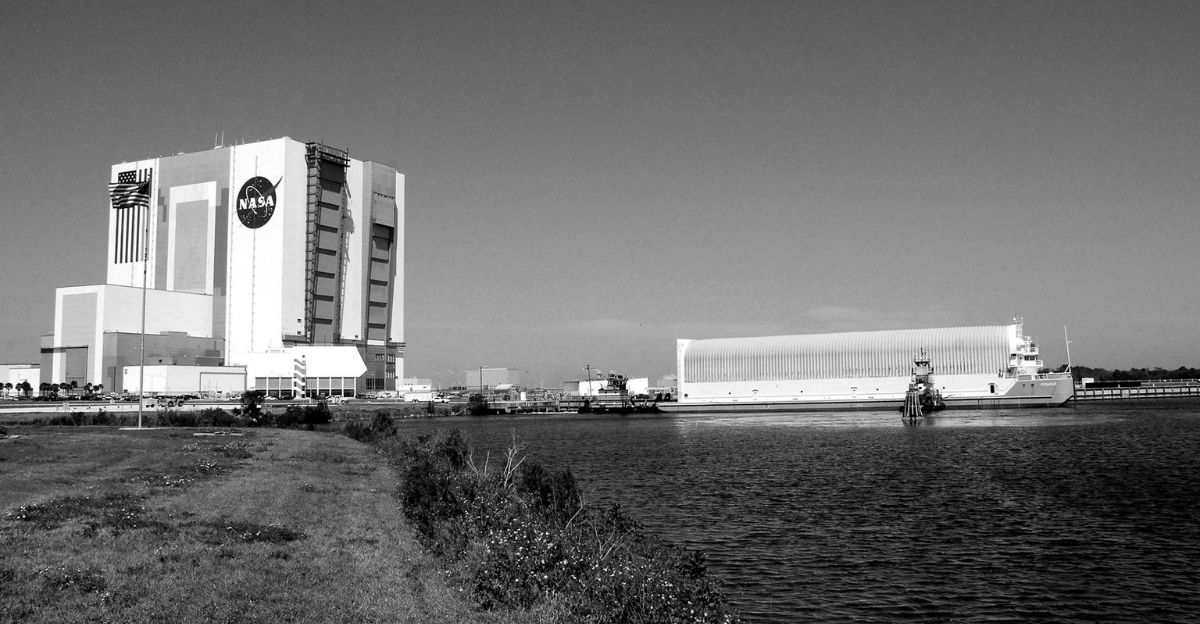
But what can stakeholders do now? They must act quickly and strategically. Policymakers have to advocate for stable funding and targeted investments. Universities should broaden their collaborations and strengthen their own research efforts.
Businesses in the private sector should also prepare for new opportunities and increased risks. Meanwhile, space enthusiasts and the public can support advocacy groups and stay engaged.
Wait And See

What has started as an unfortunate wave of layoffs at NASA could soon spread through America’s scientific, economic, and global standing for years to come.
This major shift is a major wake-up call, not just for space fans but also for anyone who is invested in the nation’s capacity for innovation and exploration. For now, we’re not sure what will happen next. We will just have to wait and see.




